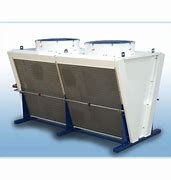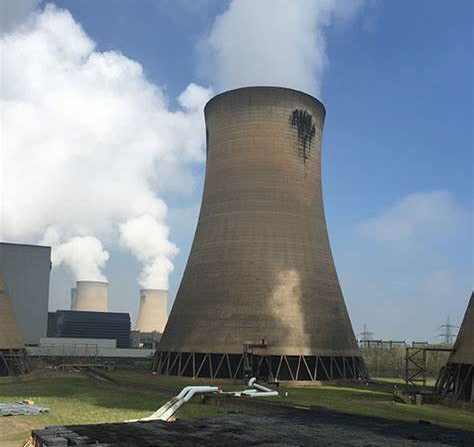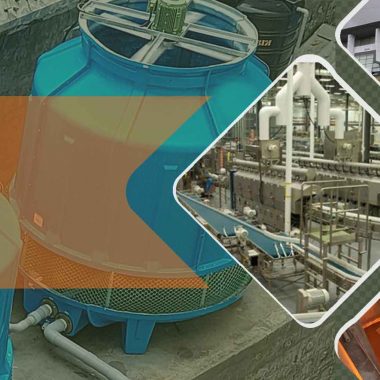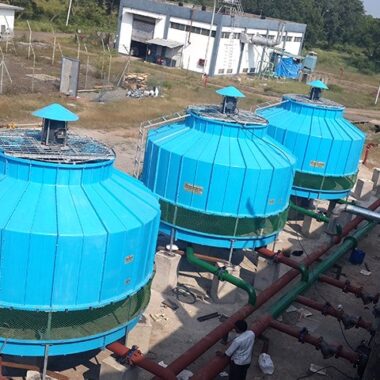Dry vs Wet Cooling Tower
Dry vs Wet Cooling Tower
Wet cooling towers can lower the process water temperature below the ambient temperature to a particular degree above the dew point by using the latent heat of water evaporation to exchange heat with the air stream passing through them (approach temperature). In contrast, a dry cooler just reduces the water’s temperature to the ambient level; however, adiabatic pre-cooling of the incoming air can result in extra cooling. In hot, dry areas, wet cooling towers operate well, but as the air becomes more humid, their effectiveness declines. On the other hand, dry cooler performance is dependent on air temperature rather than air humidity.
The two primary categories of cooling towers are:
There is no direct contact between the ambient air and the fluid being cooled in closed-circuit cooling towers, also known as dry coolers. Open-circuit cooling towers, also known as wet cooling towers, use process water in direct contact with ambient air.
Although they cool the water in different ways, both varieties accomplish the same task.
Dry Cooling Tower
 A heat exchanger is a part of the uncomplicated and durable construction of dry cooling tower (typically a finned tube or microchannel coils). To cool the water or glycol solution passing through the heat exchanger, fans direct the airstream across it. The majority of dry coolers are offered with horizontal or vertical airflow configurations. Although large-capacity dry coolers are also offered on the market, the typical heat rejection capacity is up to 1MW.
A heat exchanger is a part of the uncomplicated and durable construction of dry cooling tower (typically a finned tube or microchannel coils). To cool the water or glycol solution passing through the heat exchanger, fans direct the airstream across it. The majority of dry coolers are offered with horizontal or vertical airflow configurations. Although large-capacity dry coolers are also offered on the market, the typical heat rejection capacity is up to 1MW.
Pre-cooling systems, such as adiabatic spray or wetted pads, may be used in contemporary designs. Process fluid can be cooled below the temperature of a dry bulb thanks to evaporative pre-cooling.
wet cooling tower

A wet cooling tower has a much more complex structure. It consists of drift eliminators, which stop water droplets from discharging with the air. Nozzles to spray hot water uniformly over the heat-exchanging media (also known as the fill or wet deck). Also fans, and a collection basin for the cooled water. When a tower is of the counterflow kind, the air exits the bottom or moves perpendicular to the direction of the water flow (crossflow-type tower).




